
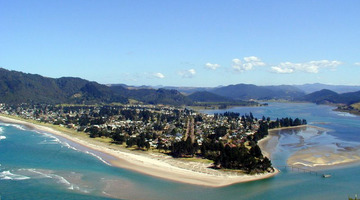
New Zealand has approximately 300 estuaries. They are historically important cultural sites – Māori settlers valued estuaries as an important source of fish and shellfish, and European settlers ...
READ MORE

Feeding relationships are often shown as simple food chains – in reality, these relationships are much more complex, and the term ‘food web’ more accurately shows the links between producers ...
READ MORE
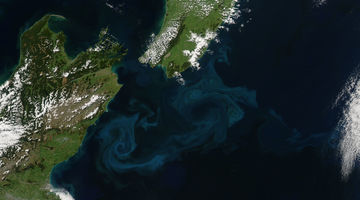
Throughout human existence we have relied on the oceans – for food, as a waste dump, for recreation, for economic opportunities and so on. However, it’s not only our activities in the marine ...
READ MORE

In this activity, students discuss how a variety of everyday objects can serve as metaphors for the important characteristics and functions of estuaries. By the end of this activity, students ...
READ MORE

In this activity, students become aware of the importance of estuaries. They identify some possible impacts on estuaries and possible actions that can be taken to protect them. By the end of this ...
READ MORE
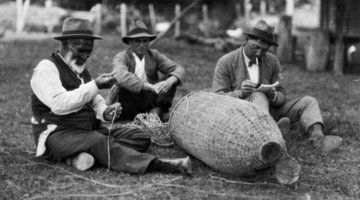
In this activity, students explore Māori perspectives concerning estuaries. By the end of this activity, students should be able to: explain how a Māori legend can show aspects of Māori thinking ...
READ MORE
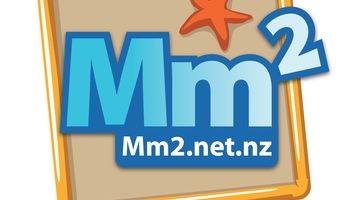
Marine Metre Squared is a New Zealand citizen science project that supports communities to monitor their local seashore. The project has been designed to provide meaningful, valid environmental ...
READ MORE

iNaturalist logs hundreds of thousands of photos of flora, fauna and fungi. There are even sound recordings too. Each is described and geo located. iNaturalist is used by citizens and scientists ...
READ MORE
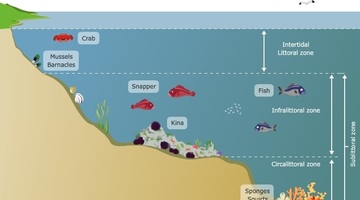
The rocky shore is a popular topic in primary school science. Below are some Science Learning Hub resources for primary teachers related to the rocky shore in the Living World strand of the New ...
READ MORE
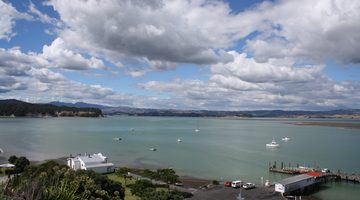
With 75% of New Zealanders living within 10 km of the coast, many students will be familiar with estuaries. In scientific terms, estuaries are the interface between the land and the sea – the ...
READ MORE
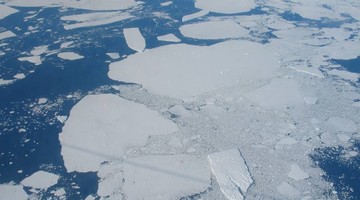
Below are links to Science Learning Hub resources for primary teachers related to floating and sinking in the Physical World strand of the New Zealand Curriculum. Building Science Concepts ...
READ MORE
Andrew Swales and Weno Iti from NIWA take a core sample in an estuary in Kawhia. Sediment cores can show changes in estuarine ecology over hundreds of years, giving scientists an idea of the ...
READ MORE
Dr Candida Savage, from the University of Otago, talks about her research into the effect of land use change on coastal areas and the organisms that live there. In particular, Candida focuses on ...
READ MORE
Dr Miles Lamare, from the University of Otago, has always been fascinated by biology. In this video, he talks about becoming a marine scientist and some of his experiences working in amazing ...
READ MORE
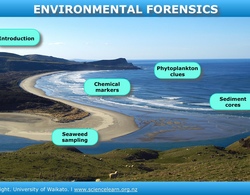
Dr Candida Savage explains the clues she collects in estuaries and fiords, to understand how changes in land use affect these environments. Click on the labels to watch the videos for more ...
READ MORE
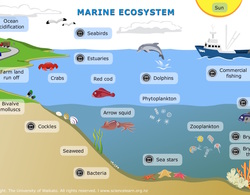
Explore this interactive diagram to learn more about life in the sea. Click on the different labels to view short video clips or images about different parts of the marine ecosystem. Select here ...
READ MORE
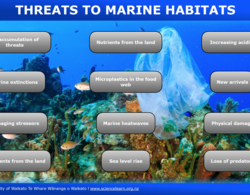
Human actions at sea and on land are putting increasing pressure on the ocean and the species that live there.
READ MORE